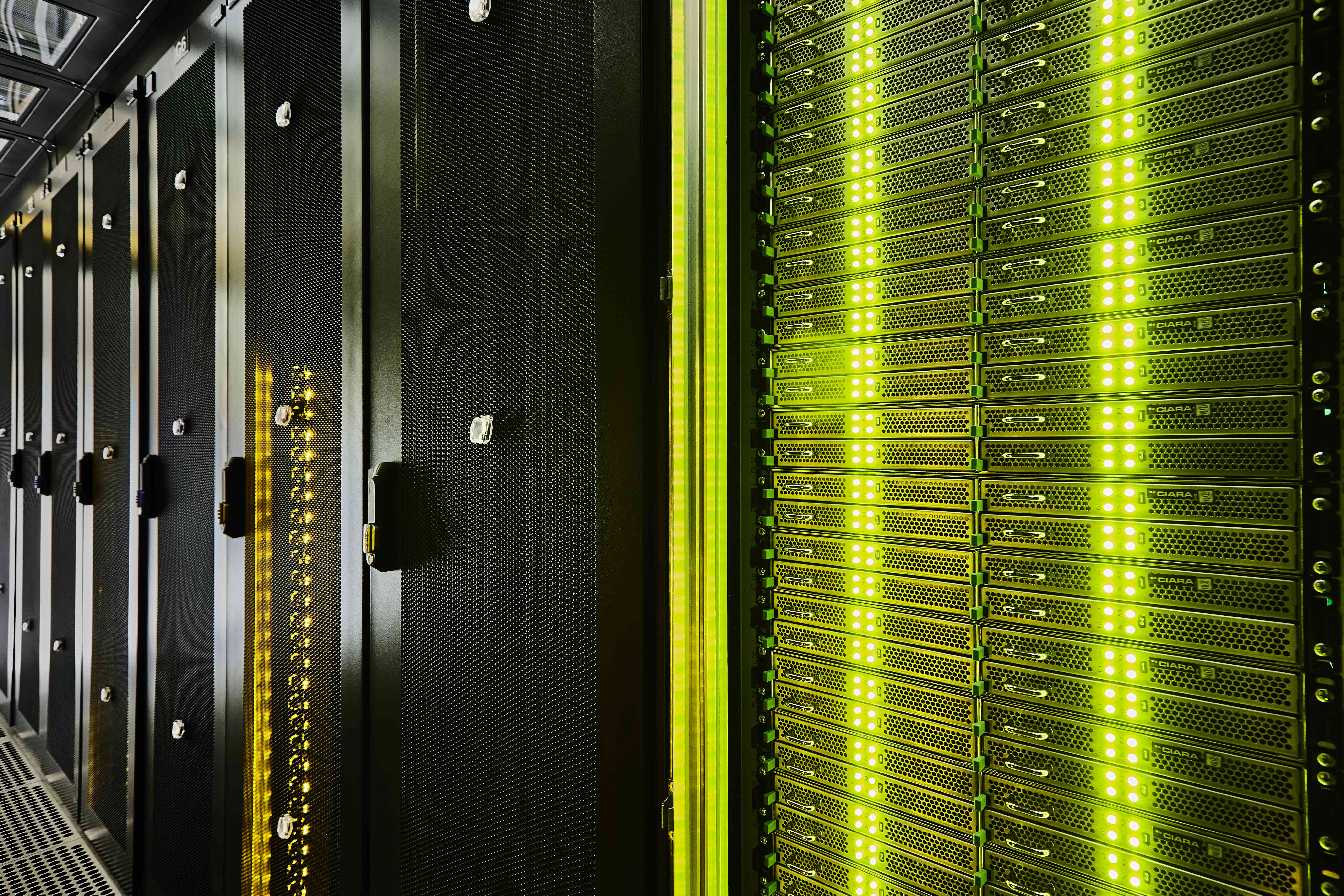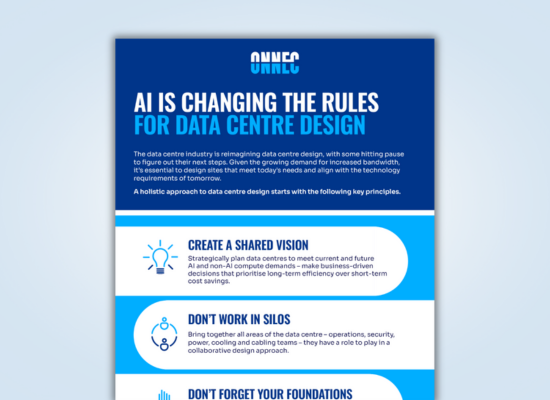
5 Trends That Will Shape Data Centres In 2024
The demand for new data centres isn’t showing any sign of slowing. As the world continues its digital transformation, data centres stand at the core of this evolution, serving as the backbone of our interconnected society. In this blog, we explore 5 trends to watch in 2024.
1. AI Demand Driving Retrofits Well Before Their Planned End-Of-Life
It’s no secret that AI is driving a new era of data centre industry demand. With 35% of global organisations adopting AI, and worldwide AI spend set to reach $300bn by 2026, we have now reached a tipping point where AI adoption is becoming exponential. As AI’s power requirements surpass that of existing data centre workloads, navigating this new energy landscape requires strategic planning and readiness for the evolving demands of the digital era.
“The GPUs that power AI at scale require radically different infrastructure from traditional CPU-powered compute,” says Niklas Lindqvist, Onnec Nordics General Manager. “Many operators that want to embrace AI-compute must overhaul existing power, cooling, and cabling infrastructure. If operators want to avoid large-scale changes before a site’s planned end-of-life, they must adopt a holistic design approach that facilitates interchangeability in parts and site functionality.”
To learn more about a holistic approach to data centre design and the wide-ranging impact of AI on data centres, download our free eBook today.
2. Increased Focus On Sustainability
Environmental concerns continue to drive innovation in the data centre industry as companies are increasingly committed to reducing their carbon footprint. The boom in artificial intelligence (AI) and machine learning will pose significant challenges to data centre operators attempting to stay in line with their ESG commitments and upcoming regulations. For example, the EU Corporate Sustainability Reporting Directive (SDS) will emphasise the essential nature of ESG reporting.
“This makes holistic data centre design paramount,” adds Niklas. “In 2024, we can anticipate even more emphasis on renewable energy sources, improved cooling techniques, and the adoption of more energy-efficient hardware to create eco-friendly data centres.”
3. Rise Of Edge Computing
Edge computing has been steadily gaining momentum, and in 2024, it’s expected to surge further. This trend involves processing data closer to its source, reducing latency and enhancing real-time processing capabilities.
The Edge data centre market is set to achieve a 21.4% CAGR, rising from its 2021 value of $7.2bn to $19.1bn by 2026 – a growth of 165% in just six years.
“With the growth of Internet of Things (IoT) devices and the need for real-time data processing, edge computing is likely to become more prevalent,” says Matt Salter, Onnec Sales Director. “Edge data centres are becoming increasingly popular as they help to lay the necessary infrastructure for futuristic technologies such as cloud computing, 5G, Artificial Intelligence, and Machine Learning.”
4. Investing In The Next Generation Of The Data Centre Workforce
Emerging technologies will intensify the race for skilled data centre professionals as talent shortages become increasingly pressing. Over recent years, talent shortages and a growing skills gap have been an enduring issue for data centre operators. In fact, research now suggests around 50% of data centre engineers will retire by 2025 – all while the workforce needed to manage data centres will increase by 15% to nearly 2.3 million.
In 2024, bridging the skills gap requires a proactive approach from operators in order to appeal to the younger generation and improve diversity. This means offering apprenticeships and dynamic development plans, which will attract a new breed of talent and reduce the need for retraining and upskilling existing staff. In the new year, operators must work hard to ensure a diverse and agile talent pipeline.
5. Modular and Containerised Data Centres
As AI demand grows, data centre operators will need to conduct rapid hardware refreshes more frequently to adopt GPU-powered racks. Modular data centres will gain traction due to their scalability and flexibility. But the definition of modular will change in 2024. Modular data centre designs will be adapted to allow upgrades to meet future demands and prioritise cabling to make the process of upgrading easier. Expect to see more adoption of these modular solutions in 2024.
Conclusion
The evolution of data centres is not merely a technological advancement but a fundamental shift in how we process, store, and utilise data, ultimately shaping the future of our interconnected world. To stay ahead in this rapidly evolving landscape, organisations must adapt to these emerging trends, embracing innovation while prioritising efficiency and reliability in their data centre strategies.
As businesses navigate these dynamic changes, partnering with a trusted data centre solutions partner becomes crucial. At Onnec, we specialise in cutting-edge data centre solutions and services tailored to meet the diverse needs of your infrastructure. Our commitment to innovation and quality enables us to deliver state-of-the-art solutions that drive your business forward in this era of digital transformation.
If you work for a data centre operator or are responsible for data centre design or operations, speak with Onnec today to discover how we can empower your organisation to thrive in the data-driven landscape of 2024 and beyond.


